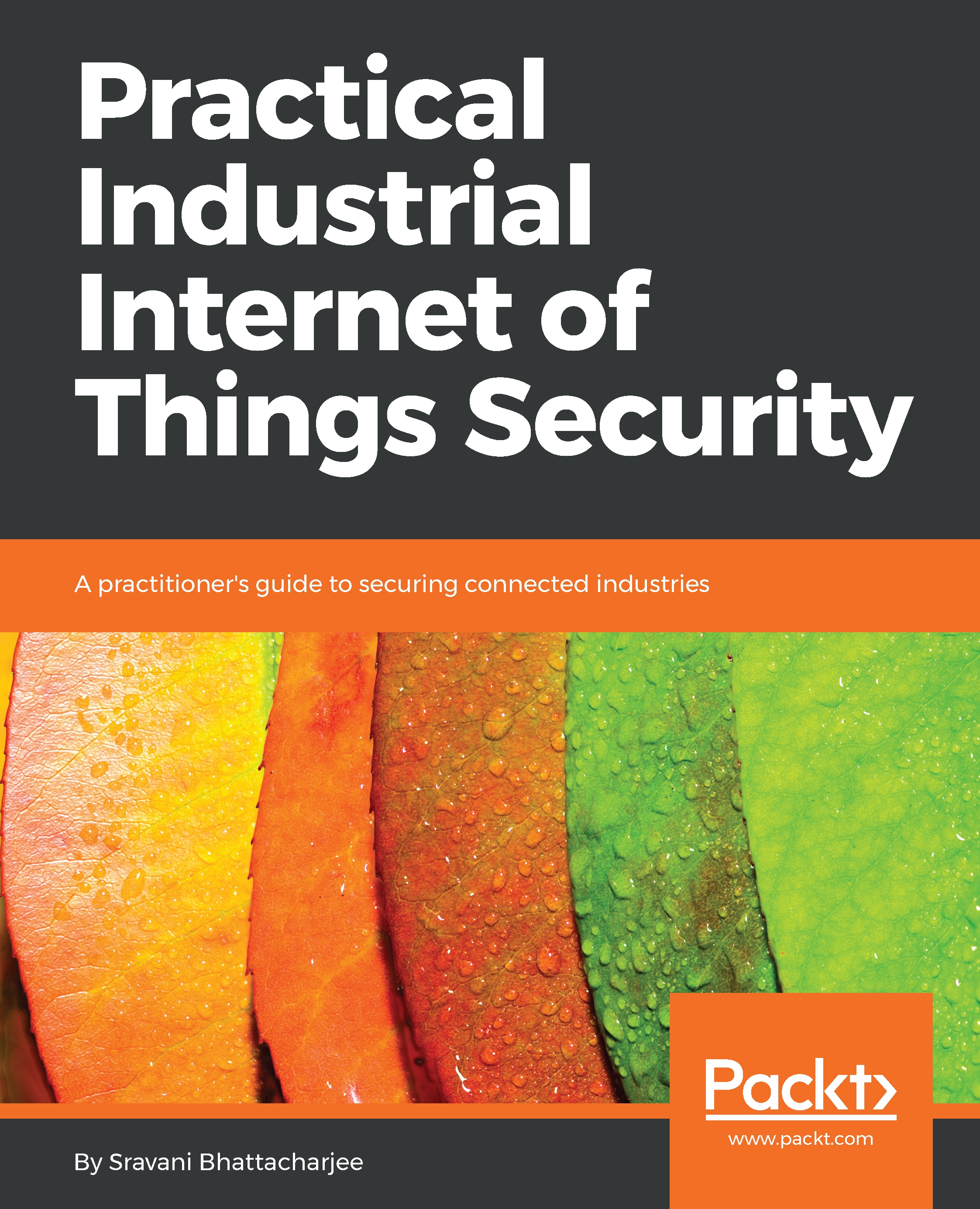Security is a foundational element of IIoT adoption. Before diving into the paradigms of the IIoT security framework, let's first define and fathom the expanses of IIoT.
The Internet of Things in itself is gaining a pervasive scope, resulting in the many ways that it is defined and described. The Internet Engineering Task Force (IETF), states that "in the vision of the IoT, "things" are very various such as computers, sensors, people, actuators, refrigerators, TVs, vehicles, mobile phones, clothes, food, medicines, books, etc." (Minerva, Biru, and Rotondi 2015 (https://www.tandfonline.com/doi/full/10.1080/23738871.2017.1366536) Minerva, R., A. Biru, and D. Rotondi. 2015. "Towards a Definition of the Internet of Things (IoT)." IEEE Internet Initiative, Torino, Italy, 1. (Google Scholar)).
However, for the scope of our discussion in this book, we shall primarily lean on the following definition of the Internet of Things, which has been excerpted from (IEEE-IOT):
"An IoT is a network that connects uniquely identifiable "things" to the internet. The "things" have sensing/actuation and potential programmability capabilities. Through the exploitation of the unique identification and sensing, information about the "thing" can be collected and the state of the "thing" can be changed from anywhere, anytime, by anything."
This definition mentions the collection of information about the thing and also the possibility of changing the state of the thing from anywhere, anytime, and by anything. In other words, the connected things are, by design, vulnerable to harvesting and subjugation without the need for authority. This highlights the importance of security to protect IoT, a topic that will be delved deeper into in the rest of this book.
From a functional perspective, IoT is essentially an enabler to digitize and interconnect physical assets. By embedding the communication protocol stack and software logic (or smarts), otherwise dumb entities such as appliances, sensors, actuators, or any device or machinery can intelligently communicate data without any human intervention. The enormous quantity of data (rather big data) generated by things can be analyzed to gain data-driven insights and to offer value-added products and services.








































































